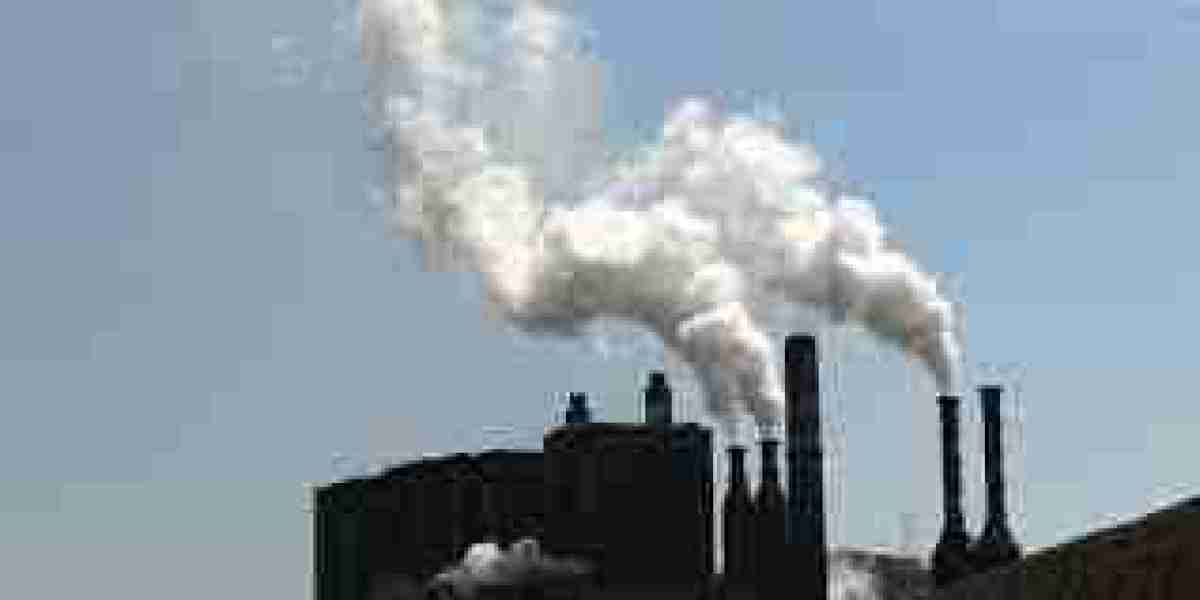In the realm of industrial emissions control, the flue gas treatment market plays a pivotal role in reducing pollutants emitted by power plants, manufacturing units, cement industries, and waste incinerators. As environmental regulations become stricter and public awareness around pollution grows, the market for flue gas treatment technologies continues to evolve rapidly. Understanding the factors that are influencing this market is essential for stakeholders aiming to remain competitive and compliant.
1. Regulatory Pressure and Environmental Standards
One of the most dominant factors shaping the industrial flue gas treatment market is the increasingly stringent environmental regulations imposed by national and international bodies. Regulatory frameworks such as the U.S. Clean Air Act, the European Union’s Industrial Emissions Directive, and similar legislations in Asia-Pacific are pushing industries to adopt flue gas desulfurization (FGD), selective catalytic reduction (SCR), and particulate control systems. These mandates are not only driving adoption but also innovation, as industries seek more efficient and cost-effective compliance solutions.
2. Rising Energy Demand and Industrial Growth
As developing nations industrialize, their energy demands surge. This growth leads to an increase in fossil fuel-based power generation and heavy manufacturing, both of which contribute to significant flue gas emissions. Countries like China, India, and Brazil are witnessing exponential demand for air pollution control equipment, driving the need for comprehensive flue gas treatment systems to mitigate environmental impacts while supporting economic growth.
3. Technological Advancements and Integration
Innovation is another significant impacting factor. Modern flue gas treatment solutions are becoming more modular, energy-efficient, and digitally integrated. Technologies like carbon capture and storage (CCS), real-time emission monitoring, and advanced filtration systems are not only improving treatment efficiency but also helping industries meet emission limits with greater precision. Furthermore, integration with AI and IoT is enabling predictive maintenance and performance optimization, making these systems smarter and more cost-effective over time.
4. Shift Toward Cleaner Energy Sources
The global pivot toward renewable energy sources is somewhat of a double-edged sword for the flue gas treatment market. On one hand, the shift away from coal and fossil fuels may decrease the demand for these systems in the long term. On the other hand, during the transitional phase, older infrastructure still requires retrofitting with modern emission controls to comply with regulations. Therefore, in the short to medium term, demand for flue gas treatment systems remains strong, particularly for retrofitting and upgrades.
5. Economic Constraints and Investment Challenges
While the need for flue gas treatment is clear, the high capital and operational costs can be a major barrier for small and medium enterprises. Return on investment can take years, especially in sectors operating on thin margins. Government incentives, subsidies, or carbon credits can help ease the burden, but inconsistent policies across regions create a fragmented market. Companies that offer flexible financing models or scalable solutions are better positioned to attract clients hesitant about the upfront investment.
6. Public Awareness and Corporate Social Responsibility (CSR)
Another soft yet increasingly important factor is the growing emphasis on sustainability and CSR. Public scrutiny and investor pressure are encouraging corporations to take proactive steps toward reducing their carbon footprints. Industries are now more conscious of their image and the long-term reputational risks of non-compliance. This awareness translates into more proactive investments in flue gas treatment solutions, even beyond regulatory mandates.




